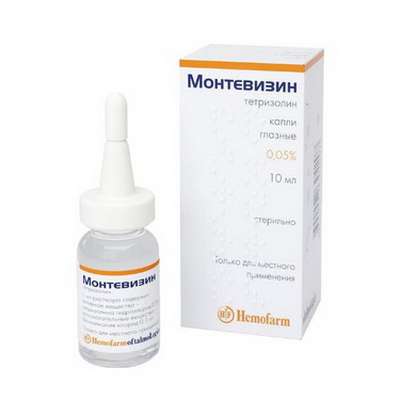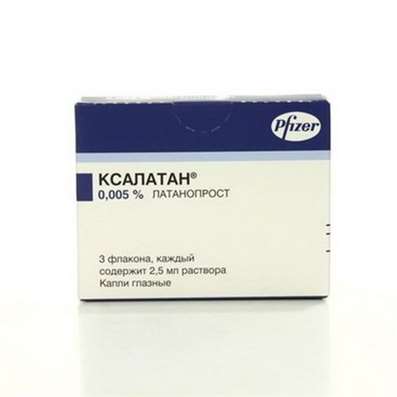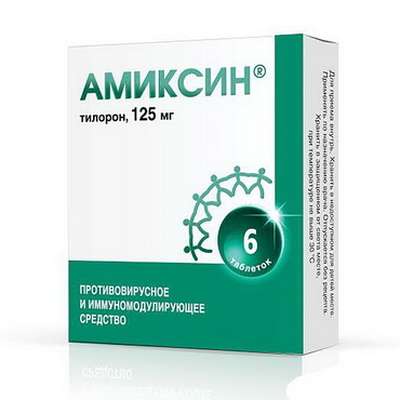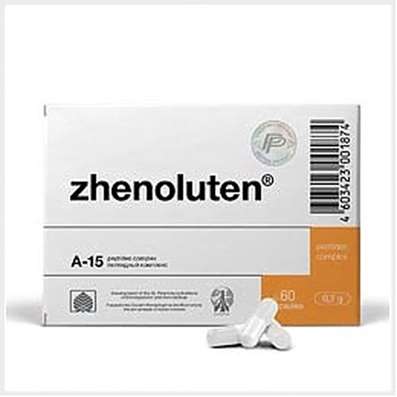Determination of the DNA sequence
25 Nov 2016
Biophysicist Dr. Doping tells about reading of DNA sequences by gel electrophoresis and sequencing of the human genome. For what achievements of Frederick Sanger won two Nobel Prize in Chemistry? How does reading the sequence of nucleotides in the DNA? Which method allows to separate DNA molecule in length?
The first two decades after the onset of molecular biology, it was very much understood regarding the molecular nature of life, the famous central dogma was formulated, has been completely deciphered the genetic code after the discovery of the double helix by Watson and Crick, which allows the cell to transfer nucleic acids texts texts protein, the sequence of nucleotides DNA and RNA - into a sequence of amino acid residues in proteins. It was a great achievement in the understanding of the molecular basis of life.
Cyanocobalamin injection Vitamin B12 - is extremely essential for DNA synthesis making.
The problem, however, was that, although the molecular biologists have always talked about these texts, no one knew the texts themselves. There was no way to read the texts of genes and that is between the genes. In other words, there was no method for determining the sequence of nucleotides in DNA.
It is able to do for the protein - protein sequence reading method was developed in the early 50s, even before the discovery of the double helix, a little know how to read short RNA sequences, and DNA sequences could not read at all. This created a huge gap in the real understanding of the molecular basis of life and hindered the further development of biotechnology, which, strictly speaking, was not there, and the medical use of this knowledge.
In the mid 70-ies of the XX century, there was a breakthrough. By that time, it seemed that it was too difficult, that it can not be solved - all attempts proved unsuccessful. The method of determining the sequence was developed by the British chemist Frederick Sanger.
Sanger - a great man, the only one in the history of science, who received two Nobel Prize in Chemistry. Nobel forbidden to give twice the same man Prize in the same area. But Sanger had already received the award for the development of a method of reading the amino acid sequences in proteins. And when he developed a method of reading the DNA sequence, the Nobel committee was in a very difficult situation: he was not a man to give an award for outstanding discovery or break the testament of Nobel. We decided all the same in this case violate the will, but do it very reluctantly. This is the only case in the field of chemistry. A similar case is still in the field of physics and everything.
How now to read the DNA sequence? Since then, this area has a huge progress, and it is based on a breakthrough that made Sanger. If we talk about the length of the DNA sequences, for example, we want to determine the sequence of the entire human genome, that it is now very easy to do - it is a colossal text length. We each cell has a genome which consists of three billion nucleotides, three billion units. This is such a text: A T G C A T G G G A T T T C C - something like that, three billion length. This is the text that should be read. It's not one molecule of DNA - in fact they are 23, because we have 23 chromosomes, still each molecule terribly long and contains hundreds of millions of units.
How to read it? First, the DNA was cut into pieces with special enzymes that are called "restriction enzyme." Restriction enzymes recognize short DNA sequences containing from about 6 to 8 nucleotides, and only at this place a definite manner cut the DNA double helix. That is opened such "scissors", it was also a breakthrough in the early '70s, when they were discovered, these enzymes are found in bacterial cells, which produce such cutting such very specific "scissors". There are many different, so you can cut the DNA into short pieces in one way, a completely different way, a third way, a fourth way. This is done quite easily.
Further c by the method which is called "gel electrophoresis", DNA molecules are separated very gently in length.
And the task now is to ensure that determine the sequence of short pieces - it may contain a hundred or several hundred units. It uses the Sanger method.
Such a molecule fragment added with special adapters at both ends, because the restriction enzyme leaves jagged ends that protrude strand portions and, using these single-strand fragments, the adapter can be added. The adapter will have a certain sequence, which we have chosen, it is synthetic. Thus, each piece now has a very definite sequence to the ends of which we know. And we can use the known sequence to add to these fragments, primers, since that will be available on the DNA sequence synthesized complementary chain.
Sanger idea was that when such fusion occurs, it is necessary to add to the mixture of the normal precursor nucleotides, called triphosphates such that can not be extended. This is a special chemical modification of a nucleotide sugar - such that if the added nucleotide is incorporated into the chain, the DNA polymerase can not extend beyond it. The sample is divided into four parts, and each part, along with the normal triphosphates are added triphosphates chemically modified bases.
When the complementary chain is synthesized with DNA polymerase, with a certain probability, it stops when it is embedded randomly modified nucleotide. As a result, in our sample in which we have a huge number of identical molecules, which is the synthesis, we get a set of molecules that have this letter, say T or A, which in this case we have added to the pool of those predecessors, we added the modified precursor synthesis we get a stop at this place. Thus we have the length of the molecules that tell us exactly where in this letter is built. And then there is only split along the length of the molecule, which is done by gel electrophoresis. It allows you to separate these molecules in length, and where is the nucleotide, which we are currently studying, we will see a synthesis of stop, that is, the length of the fragments, when we share them in length, corresponding to the number of nucleotides, when, say , the letter T stands in sequence. This is done for the letter T, for the letter A, for the letter G for the letter C, and so we read the whole sequence.
This is a wonderful, ingenious method of sequential read, Sanger coined. He allowed ultimately sequenced the human genome - is said to sequence the genome. And now, since the first human genome, which was read at the beginning of this century, and which cost huge money, about the same three billion dollars only, due to the fact that these methods were robotized and heavily modified, is now much cheaper costs to determine sequence. The price is close to $ 1,000 - to determine the sequence of the individual man. Already sequenced the genomes of thousands of people, and they are analyzed. It is absolutely incredible development of methods of DNA sequencing has created enormous progress in the understanding of the molecular nature of life, and in the application of biotechnology and medicine.

 Cart
Cart





